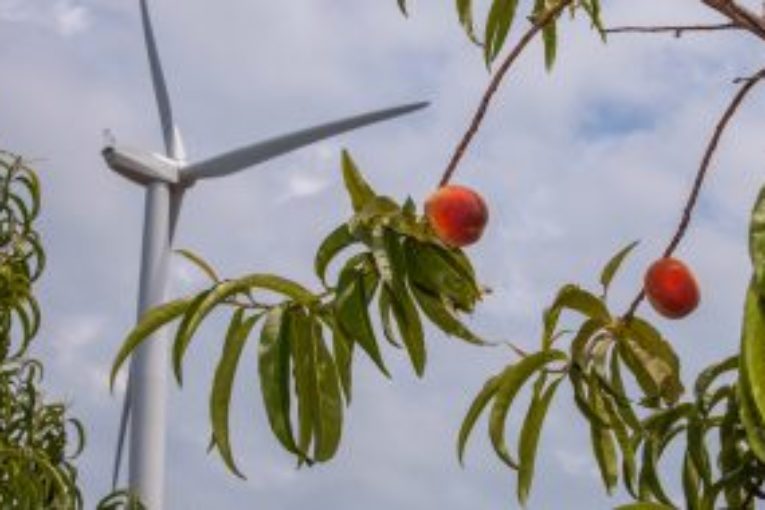
In 2030, system operators will be operating the grid quite differently than today, and wind energy will be a key player in those revamped electrical systems. Wind energy’s low production cost and negligible greenhouse gas (GHG) emissions give it a great advantage, but it must also prove it is reliable and communicate how it can contribute to lower overall system costs. In Ontario, discussions about electricity market renewal are well underway,, and recently stakeholders from across the energy spectrum gathered in Toronto to explore the role that renewable power will play in the updated structure.
On April 5, the province’s Independent Electricity System Operator (IESO) convened a one-day technical conference to examine the issues being studied by the Non-emitting Resources Subcommittee (NERSC), which was set up to inform the broader decisions of the Market Renewal Working Group. The NERSC’s mandate is to explore the barriers that make it difficult for non-emitting resources like wind energy to participate in the market, determine possible incentives for renewables, examine reliability considerations, and look at how sustained negative pricing affects market efficiency.
Leonard Kula, IESO vice president of planning, acquisition and operations, set the scene by telling the conference that the organization is committed to making sure that wind, solar and storage are key players. “We’re in the process of redesigning the marketplace, and clearly non-emitting resources must be part of the discussions that are making that happen,” he said.
The idea is to “unlock greater participation,” by renewables, which will help introduce needed innovation, he said. “The IESO is dedicated to creating a stable but more dynamic and competitive market that gives us the right tools to meet reliability cost-effectively, and we can only do that by sending the right incentives and price signals to you.”
Going forward, “we expect wind and solar and storage and demand response, and other non-emitting resources to compete to provide energy, capacity, flexibility, and other reliability services.”
Debra Lew, technical director of GE Energy Consulting, said one key advantage wind and solar energy will have in a revamped electricity market is that they will increasingly be able to provide more of the ancillary services – such as ramping, frequency control and voltage control – that have traditionally come from conventional hydro or gas plants. “In some ways wind, PV, and batteries can provide better ancillary services than conventional generators,” because they can produce a faster and more aggressive response, Lew said. And they should be compensated for it, she added.
IESO senior manager of regulatory affairs Tam Wagner acknowledged that there are currently barriers to the participation of distributed energy resources in the marketplace, because the market was designed more than a decade ago. The idea now is to create a level playing field, but not to “tip the scale to provide preferential treatment,” she said.
Jon Norman, president and COO of bulk energy storage firm Hydrostor, said technology change and the dropping costs of renewable power are crucial factors driving the global shift to non-emitting resources, in addition to concerns about carbon emissions. “If you want to take advantage of those cheap megawatt-hours,” he said, “you have to start rethinking how you are planning the system.” He thinks storage is a “key enabler” to that change, but added that the existing wholesale market structure, which was designed around fossil-fuel generation, needs to be altered.
While the new market system will be designed specifically for Ontario, other jurisdictions are also grappling with some of the same issues, and it will be important to draw on their experiences. Bruce Rew, vice-president of operations at Southwest Power Pool (SPP), outlined how his organization is dealing with a huge ramp up in wind generation. SPP oversees the bulk electric grid and wholesale power market in the central United States on behalf of a diverse group of utilities and transmission companies in 14 states. Its wind energy capacity has grown from around 2,000 megawatts (MW) a decade ago to about 18,000 MW today. At times wind energy makes up more than 60 per cent of power generation for the utility, Rew said.
SPP had to adjust its market structure to deal with so much wind energy, but it made it work though careful and extensive discussions with stakeholders, Rew said. “The market is very complex, so ensuring you have an open process…is critical.”
Tom Chapman, senior manager of market development and strategy at the IESO, said that for Ontario, a key takeaway from the SPP experience, is that, “with a well-designed market, you can get much higher penetration levels [of renewables] than anybody really expected.” While the IESO will be cautious in its market renewal to make sure reliability is not compromised and no source of power has an unfair advantage, “in 2030 we are going to be operating the grid quite differently from the way we are today,” Chapman said.
For CanWEA and the wind energy sector, the challenge will be to get the message across that our industry is ready to meet the demand for more clean, reliable and cost-competitive renewable power, without compromising the needs of the electricity grid.
Ontario Regional Director at the Canadian Wind Energy Association
You can read more of the news on source



